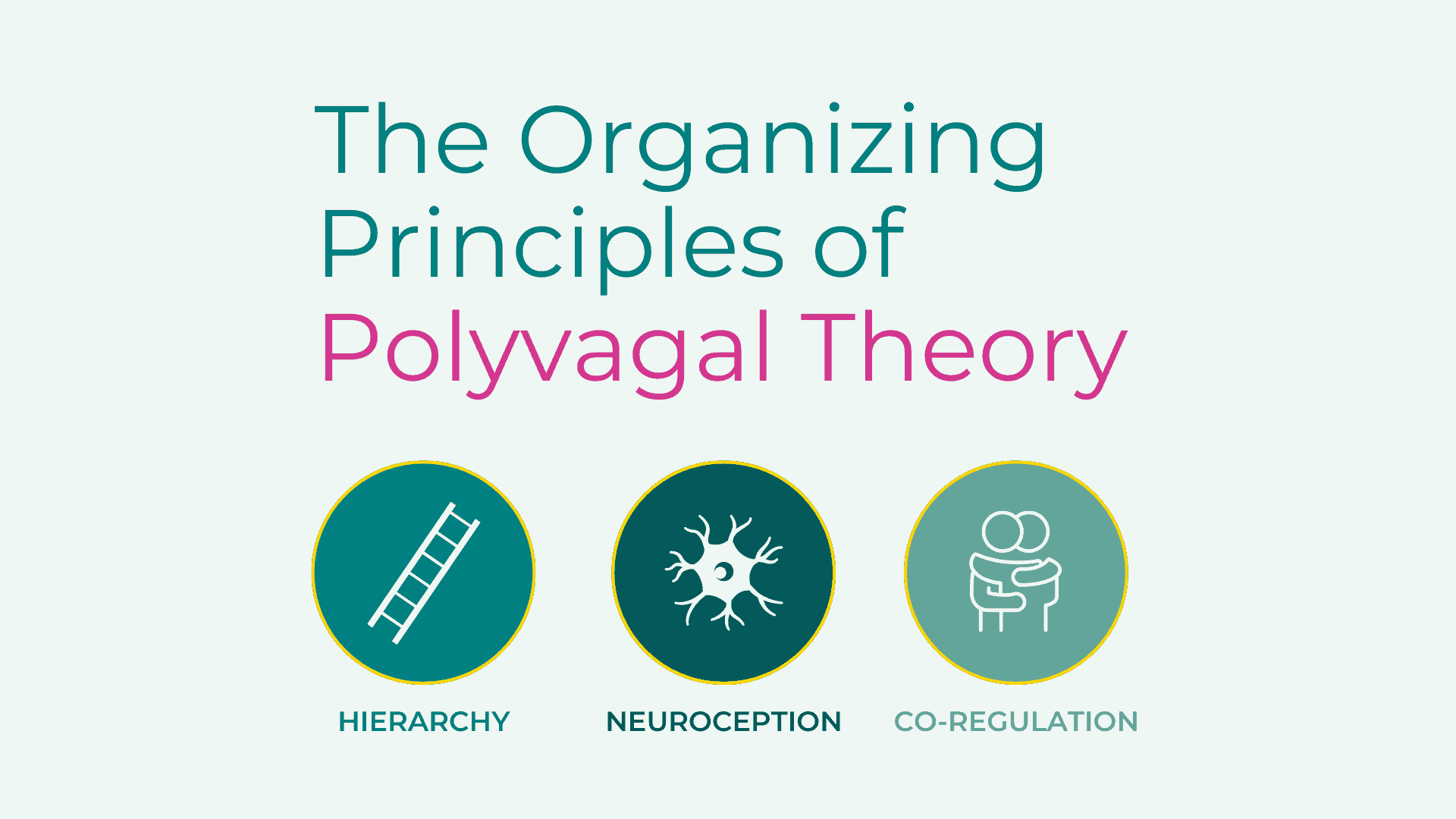| By Unyte Editorial Team Reviewed by Unyte Clinical Team |
The Safe and Sound Protocol (SSP) is a powerful listening therapy that uses specially filtered music to stimulate the vagus nerve and regulate the autonomic nervous system. Developed by Dr. Stephen Porges as a practical application of Polyvagal Theory, the music of the SSP works by highlighting frequencies within the range of human voice to send cues of safety to the nervous system through the listening process.
But what happens when the human voice is the source of a client’s trauma? This question is particularly relevant for individuals presenting with developmental and relational trauma. To explore this, we’ll dive into the insights of four clinicians, supported by the principles of Polyvagal Theory.
Understanding the Safe and Sound Protocol
Polyvagal Theory tells us that humans have the unique ability to neurocept, or subconsciously interpret, cues of safety through the social engagement system, which is integral to how we connect with others and the world around us.
“In cases of developmental trauma, where the nervous system may become biased toward survival responses (sympathetic and dorsal vagal states), the SSP helps rewire the neural pathways to better perceive safety cues,” says Taryn Baumann, OTR/L.
“During developmental trauma or for those with reactive attachment disorder, the nervous system is biasing responses within the sympathetic and dorsal vagal complex to survive. By slowly exercising the neural pathways associated with the social engagement system using the SSP, this helps the nervous system to attune to the ‘appropriate’ cues of safety, rewiring the bias toward the social engagement system.”

Free download: The Organizing Principles of Polyvagal Theory
Share with your colleagues and clients! The science of safety explained visually in an infographic format.
The Role of Auditory Processing
Rebecca Knowles, OTD, OTR/L, RYT, highlights that the SSP can be particularly useful in cases of relational trauma, where the human voice is not associated with safety. To help explain, we can look at the role of the auditory processing system in how we interpret cues of safety.
Auditory processing is the receipt, integration and interpretation of acoustic energy, and is closely linked to other sensory, central and autonomic nervous systems. According to Polyvagal Theory, accurate and discriminatory perception of sound is dependent on the function of the middle ear muscles, which tighten the tympanic membrane (eardrum) to support the perception and attenuation of certain frequencies. The middle ear transfer function is connected to a network of cranial nerves that contribute to the integration of sound with other sensory inputs in the brainstem, leading to cognitive, behavioral and physiological responses.
The auditory processing system is important in our understanding of the SSP, as Dr. Porges and Deb Dana, LCSW, described the SSP in Clinical Applications of the Polyvagal Theory: The Emergence of Polyvagal-Informed Therapies as “designed to reduce auditory hypersensitivities by recruiting the antimasking functions of the middle-ear muscles to optimize the transfer function of the middle ear for the processing of human speech. Modulation of the acoustic energy within the frequencies of human voice, similar to exaggerated vocal prosody, is hypothesized to provide cues of safety to the client.”
“Following developmental trauma, including situations when a human voice was not associated with safety, the middle ear muscles may fall into learned disuse,” Rebecca says. “The SSP uses the same frequencies within a safe context — relationship with provider, co-regulation and regulating activities — to retune the system to better perceive safety through sound.”
In short, the auditory processing system is a portal that fundamentally changes the way we experience and respond to the world. By providing a safe therapeutic environment, the SSP helps clients re-experience these frequencies in a non-threatening manner, gradually rebuilding their capacity to perceive safety.
Supporting Clients Through the Therapeutic Process to Build Resilience
The process of retuning the nervous system to safety is different for each client. In some cases, clients may experience dysregulation during certain parts of the listening process. Effective SSP delivery includes meeting the client’s nervous system where they are, staying attuned to their needs throughout the listening process, and titrating delivery as necessary.
Tim Bush, COTA/L, describes the dysregulation that may arise during the SSP as a “positive that’s wrapped in a negative.” He explains, “It’s negative from a client lens because they are uncomfortable and we as clinicians don’t wish to cause harm. It’s positive from a clinical lens because we as providers know the shift is occurring.” The temporary discomfort signifies that the nervous system is engaging in the challenging but necessary work of building resilience.
Kelly Beins, OTR, also addresses concerns about potentially activating clients: “The SSP creates an opportunity to experience things that may be challenging but in a different way so a client doesn’t have to avoid in order to survive or feel OK.”
This gradual exposure within a safe therapeutic environment allows clients to process and reinterpret the experience of these sounds, creating new, positive associations, and promoting reparative attachment opportunities. This is crucial for individuals with disrupted attachment experiences who crave connection but have learned to associate the human voice with danger, Kelly adds. As Polyvagal Theory highlights, humans are innately wired to connect with others and interpret cues of safety. By leveraging this biological imperative, the SSP helps to recreate a stronger foundation for relationships.
In summary, while the SSP is geared toward human voice frequencies to induce capacity for calming, it can still be effective when the human voice is the source of trauma. Additionally, non-vocal playlists that maintain the same filtration as original SSP pathways are available. Through careful, supportive therapy, the SSP can be a powerful tool to help clients learn to reinterpret these sounds and rebuild their sense of safety on their journey to growth and restoration.




 © 2025 Unyte Health US Inc.
© 2025 Unyte Health US Inc.